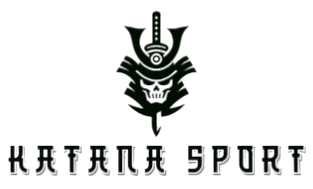One of the World’s most darling games is accessible now on the web and you can play for nothing. Not just that, you can win some cash. Keep perusing this article, and we will give you some set of experiences on the round of Scrabble, and some extraordinary data on the regular movement of this game to the web. Snatch some espresso and let me enlighten you a little regarding this game
The Historical backdrop of Scrabble
The round of Scrabble is for word darlings. Focuses are scored by making words from individual letter tiles. Words can be framed up, down and across on a lattice like game board. The starting points of the game go clear back to 1938 when a comparable game called Lexicon was developed. In 1948, the assembling privileges were bought by James Brunot. He redid the guidelines and changed the name to Scrabble. The game stumbled upon the opportunity of a lifetime in 1952 when the leader of Macy’s, Jack Strauss found the game. He concluded that everybody ought to have the game and started to sell such huge amounts that Brunot could never again stay aware of the orders. The freedoms of the game were then offered to Selchow and Righter. The game has changed hands a few times yet the idea is as yet unchanged. Scrabble even turned into a television game show in 1984.

Scrabble Table game Set Up
The game block is made of a 15-by-15 framework of cells or squares. Every one will oblige a solitary letter tile. There are 98 letter tiles going in esteem from 1 to 10 places. Normal letters are worth less focuses, though harder letters to utilize, for example, Z or Q merit the most elevated focuses. There are likewise 2 clear tiles that can be utilized to substitute any letter, yet they are worth 0 focuses. A portion of the squares on the board are hued in an unexpected way. The tile that terrains on these extraordinary cells can make the places of that word be multiplied or even significantly increased. To conclude who will get to go first, every player should draw a letter tile.
The letter nearest to the start of the letters in order will go first. Every player then, at that point, draws seven tiles. During each turn, a player can choose to both pass and relinquish the turn, trade at least one tile for an equivalent number from the extras taken care of, or structure a word on the board and scoring the collective project lexicon focuses. The primary player begins in the focal point of the board and words are shaped from that point. In the wake of playing a word, the player draws more letter tiles from the sack to by and by have seven tiles on his rack. As per the guidelines, the game is over when it is possible that somebody plays each of the seven of his tiles and there are not any more left taken care of, or when six progressive scoreless turns have happened and the score is not zero. The scores are then counted, yet every player should take away any focuses staying on his rack.
